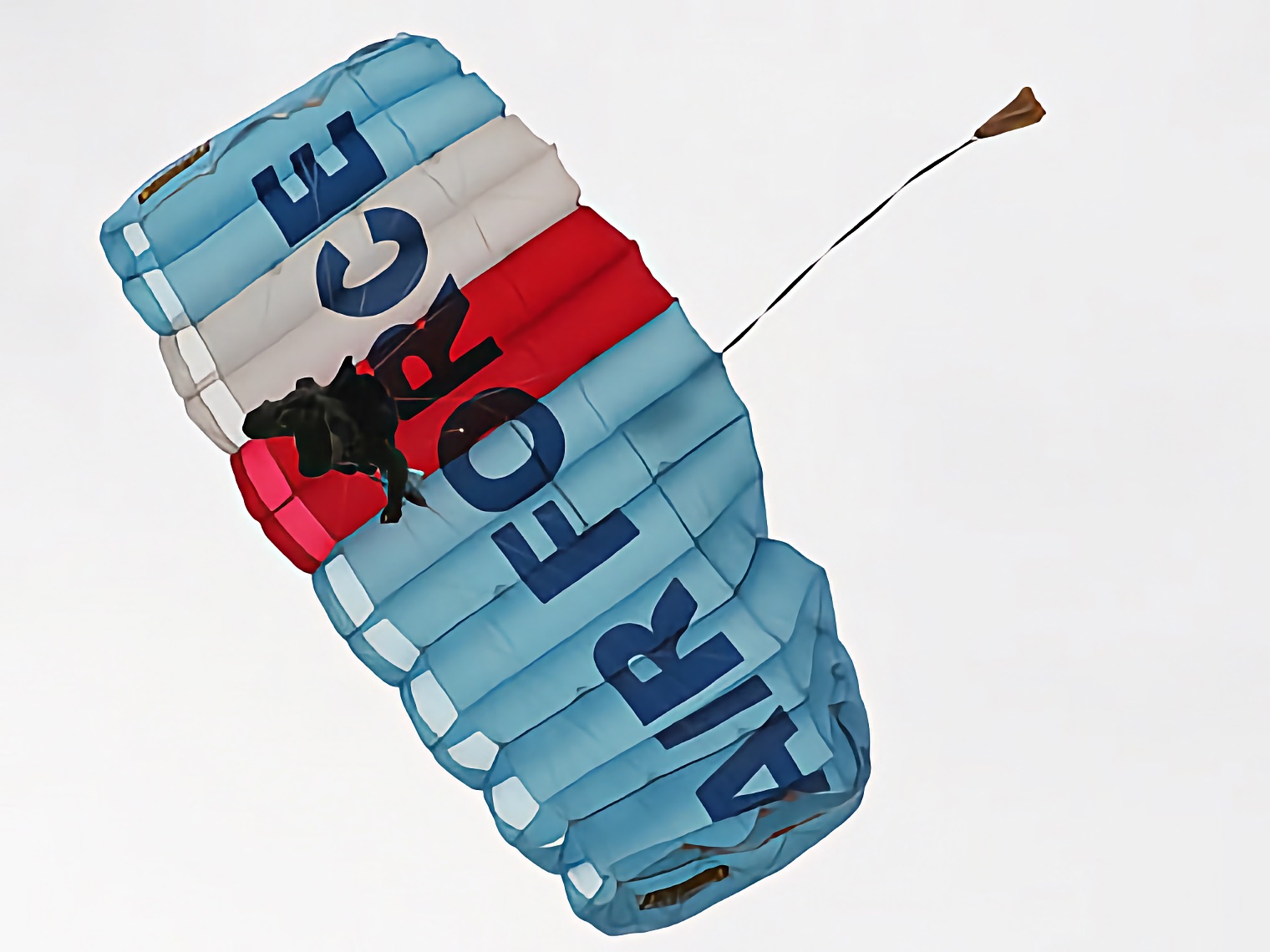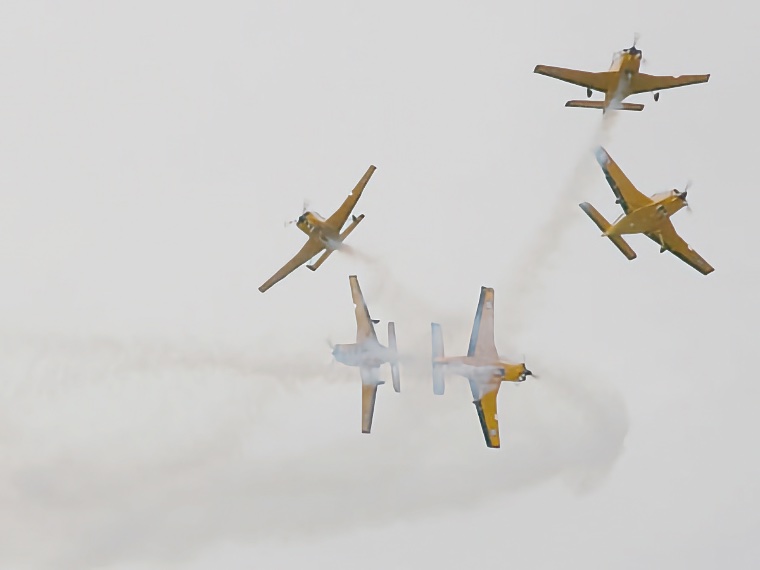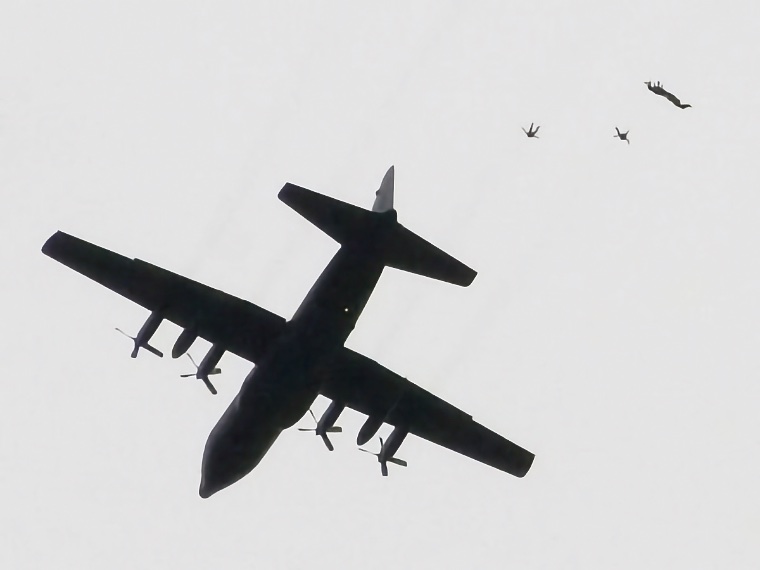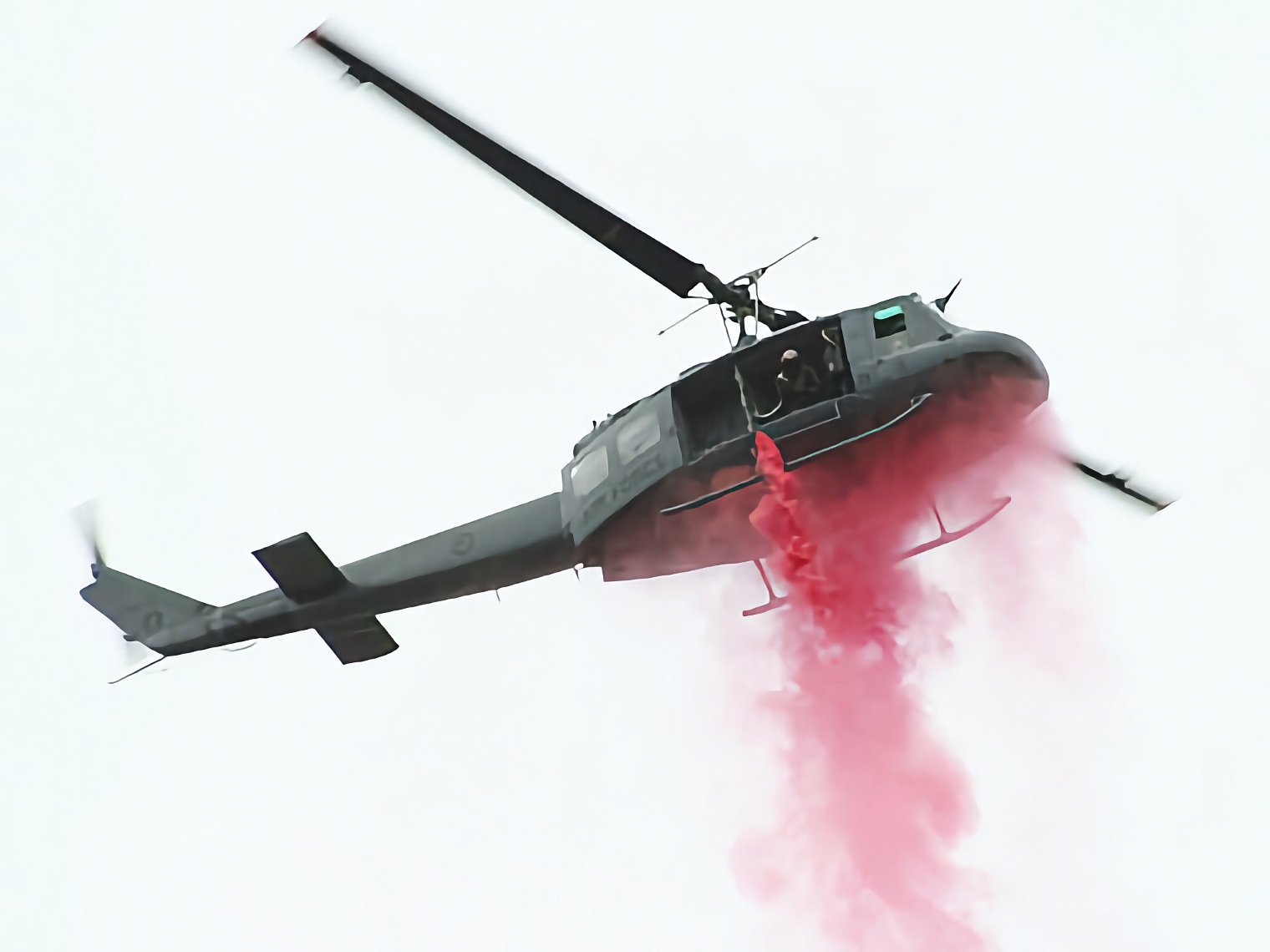
Up to OJB's Aircraft List Air Force 2006 The Royal New Zealand Air Force displayed a variety of their aircraft at the show. The photo above shows a pair of Kaman SH-2G(NZ) helicopters performing a coordinated routine. They aren't the most attractive aircraft I have ever seen, but they are very flexible and quite modern - the first delivery to the RNZN was in 2001. This model of the Seasprite is capable of 150 knots - a quite impressive speed for a helicopter - and has a standard weight of 6 tonnes. It has a crew of 3: a pilot, a tactical operator and a crewman. It has two General Electric T700 turbines producing 1600 horsepower each.  The Lockheed P-3K Orion first flew in 1959, and was mainly intended for anti-submarine and anti surface ship work. It has quite good performance, with a maximum speed just over 500 miles per hour, and has a combat range of 4,766 miles.
It is powered by 4 Allison T56-A-14 engines, each producing 4910 shaft horsepower.  The C-130 Hercules flew to high altitude and dropped off several parachutists. This photo shows one drifting overhead, shortly before he reached the ground.  The little CT-4E Airtrainer is made here in New Zealand by Pacific Aerospace Limited. Its empty weight is just 773 kilograms and its 300 horsepower Textron Lycoming AEIO 540 gives it a top speed of about 300 kilometers per hour.
This maneuver was quite impressive. The aircraft crossed over each other paths as they came out of a tight formation.  Here's the might Herc dropping off the parachutists. You can see one of them approaching the ground in the photo above.
The RNZAF currently has 5 C-130H Hercules. They have been used here since 1965.
The crew consists of two pilots, one navigator, one flight engineer, one loadmaster, and they can carry 92 troops or 64 paratroops.  The Bell UH-1H Iroquois helicopter has been operated by the RNZAF since 1966 but they are going to be replaced in the near future. In some ways it will be sad when the familiar sight and sound of this aircraft is gone.
There are currently 14 Iroquois in the fleet, and two have been lost in crashes in their history. Considering the amount of difficult work they do, that's not a bad record. |